Soluciones
La gama de negocios de construcción de caballos se extiende a todo el mundo y sirve a miles de clientes con productos, orientación técnica especializada en construcción, y somos testigos del reinicio de la marca china con ellos.
What are the commonly used structural reinforcement methods when the beam bearing capacity is insufficient? bonded carbon fiber fabric, bonded steel plate, enlarged section.
Beam, as an important part of the building structure, in ancient times beams were the transverse timbers erected on walls or columns, generally referring to the horizontal direction of long strip bearing components. Today, with the rapid development of architecture, its composition forms are various, and it takes more and more responsibility on the safety of building structure. What are the commonly used reinforcement methods when the beam bearing capacity is insufficient?
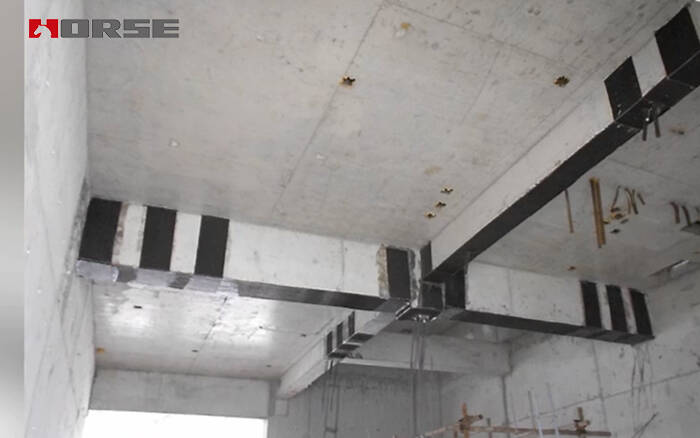
Bonding carbon fiber reinforced polymer fabric
CFRP is used to bond CFRP to the stressed surface to supplement the insufficiency of reinforcement, so as to improve the bending capacity of normal section and shear capacity of oblique section. The normal section should be strengthened by bending, and the direction of carbon fiber should be attached to the tensile surface of the beam along the longitudinal direction; the oblique section should be strengthened by shearing, and the direction of fiber should be around the surface of the beam along the transverse direction. The specification of carbon fiber sheets for reinforcement is determined by calculation. The flexural bearing capacity of reinforced structural members should not exceed 40%.
Sticking steel plate
This method is applicable to flexural strengthening of beams, especially the normal section flexural strengthening of simply supported beams. The specification of the bonded steel plate needs to be determined by calculation and the number of steel plates should be one layer. The quality of adhesive used for sticking steel plate should be reliable, and the performance index should meet the corresponding GB specification. In order to ensure the quality of reinforcement, anchors should be used for additional anchorage. Anchor bolts should not be greater than M10, generally M8, anchor spacing should not be less than 250mm, the general spacing of 300mm. Only when the thickness of steel plate is less than 5mm, manual gluing can be used. When the thickness of steel plate is more than 5mm, post-filling technology should be adopted.
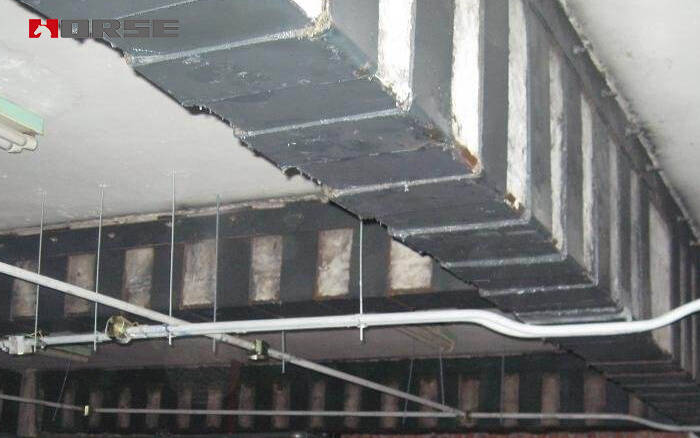
Externally bonded steel reinforcement method
The method is applicable to greatly improve the bearing capacity and seismic capacity of the section. The thickness of angle steel should not be less than 5 mm, the length of limbs should not be less than 50 mm, and the hoops or panels made of flat steel should be welded with angle steel at intervals along the axis of the beam. When there is floor, the additional screw passes through the floor and is welded with the U hoop plate. The cross-section of hoop plate or panel should not be less than 40 * 4 mm, the spacing should not be greater than 20 R (r is the minimum turning radius of single angle steel section), and should not be greater than 500 mm. In the joint area, the spacing should be properly densified. Both ends of the angle steel shall be securely connected and anchored, and may be in the form of perforated bolts or combined steel hoops with bolts. The glue injection of externally bonded profiled steel should be carried out after the welding of profiled steel frame. The thickness of glue seam should be controlled at 3-5mm. The length of glue seam should not exceed 300mm and the thickness should not exceed 8mm. However, the glue seam should not appear in the 600 slow range of angle steel end.
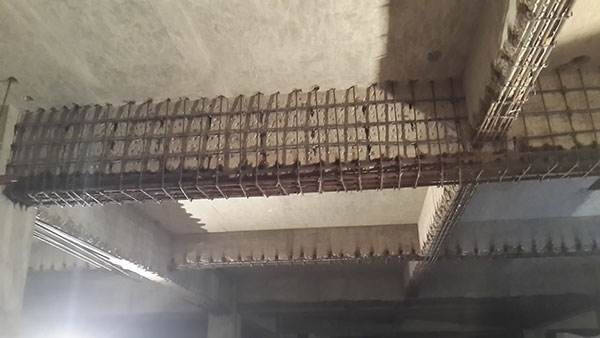
Enlargement section reinforcement method
This method is suitable for improving the bending resistance of beams. The force bar of Liang Xinzeng should be determined by calculation. The longitudinal reinforcement shall be equal to or equal to 16mm, and shall not be less than 12mm. Generally, stirrups (> 8 mm) should be encrypted within the prescribed scope, and the scope and spacing of encrypted areas should meet the corresponding specifications. The spacing of the new reinforcement should not be less than the diameter D of the reinforcement, and the strength of the new concrete should be one grade higher than the original beam, and should not be lower than C20. New and old concrete needs to be chipped and painted with interfacial agents.
Puede encontrar cualquier cosa que necesite, confíe en probar estos productos y encontrará la gran diferencia después de eso.
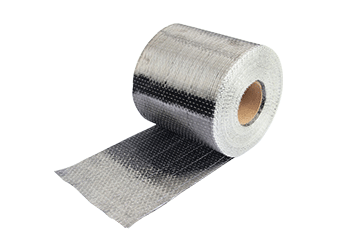
Tejido de fibra de carbono unidireccional de alta resistencia para refuerzo de compuesto de polímero reforzado con fibra (FRP).
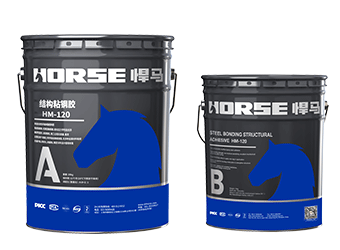
Adhesión de acero y hormigón, utilizada para el refuerzo sísmico de muchos edificios.
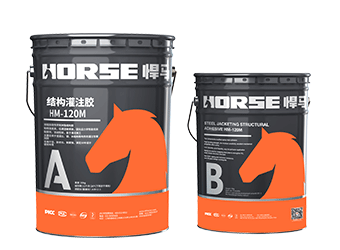
Adhesivo de refuerzo estructural para revestimientos de acero.